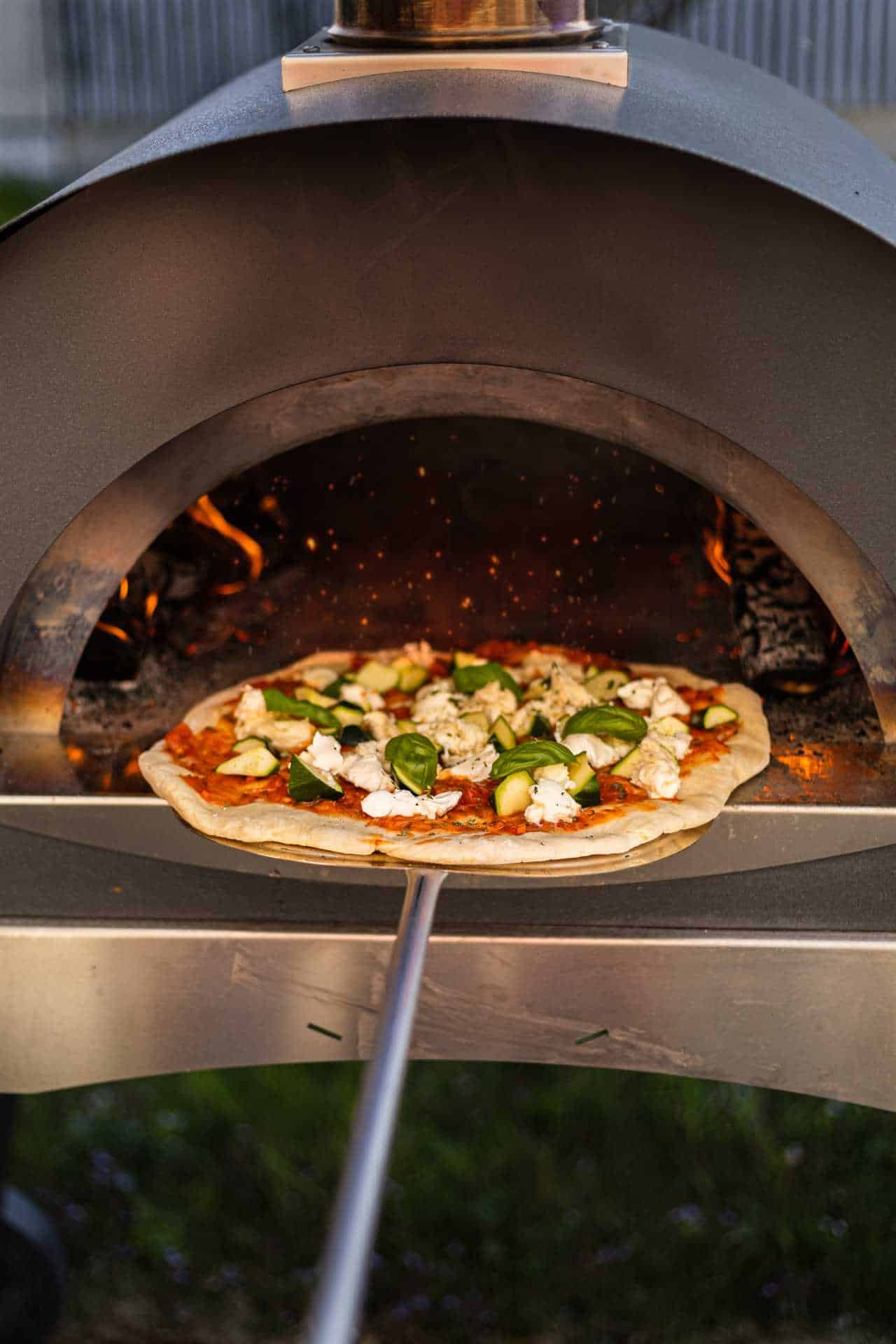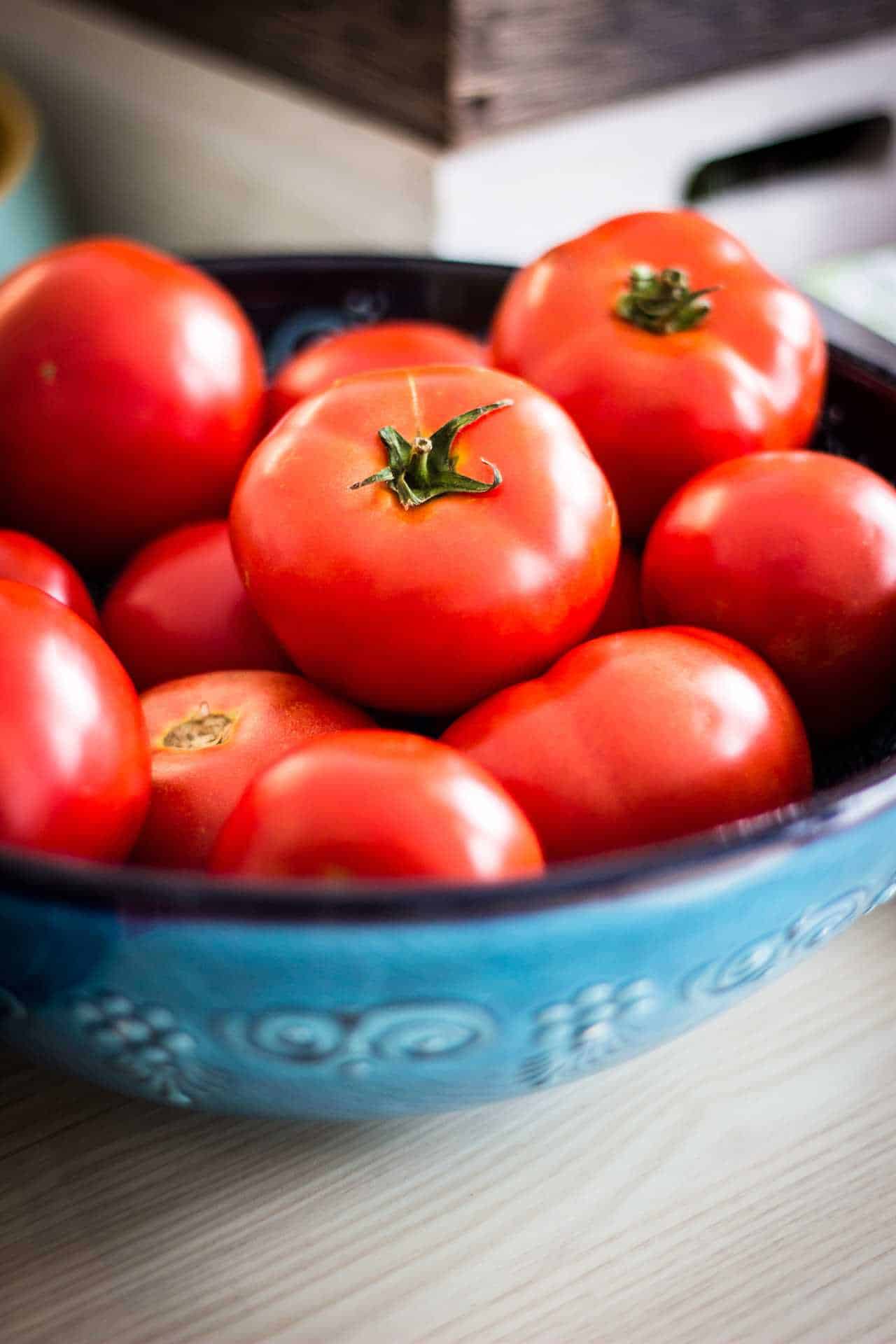Neapolitan pizza, considered by many as the pinnacle of pizza perfection, has been captivating pizza enthusiasts for centuries. With its origins in Naples, the birthplace of pizza, this culinary masterpiece embodies simplicity and authenticity.
The recipe, consisting of flour, water, salt, and yeast, is steeped in tradition and protected by the Neapolitan Pizza Association. As American-style pizzas dominate the market, the resurgence of traditional Neapolitan pizza methods and ingredients is a breath of fresh air.
In this article, we delve into the secrets of crafting the perfect Neapolitan pizza, from choosing the right flour and yeast to mastering the technique and cooking it to perfection. Get ready to indulge in the thin, crispy, yet light and airy crust that defines authentic Neapolitan pizza.
Key Takeaways
- Neapolitan pizza is made with just 4 ingredients: flour, water, salt, and yeast.
- Authentic Neapolitan pizza is protected by strict guidelines set by the Neapolitan Pizza Association.
- Neapolitan pizza is known for its thin base with a crispy but light and airy crust.
- Quality ingredients, time-tested methods, and artisan techniques are used to make authentic Neapolitan pizza.
The History of Neapolitan Pizza
Neapolitan pizza has a rich history that dates back to its birthplace in Naples, making it a beloved and authentic Italian dish.

One of the most iconic pizzas in Neapolitan history is the Margherita pizza. Legend has it that in 1889, Queen Margherita of Italy visited Naples and wanted to try the local pizza. The pizza maker, Raffaele Esposito, decided to create a special pizza in her honor.
He used tomatoes, mozzarella cheese, and basil to represent the colors of the Italian flag. The queen loved the pizza, and it became known as the Margherita pizza.
Since then, Neapolitan pizza has gained popularity not only in Italy but also in popular culture around the world. It has become synonymous with the simplicity and authenticity of Italian cuisine.
The Essential Ingredients for Authentic Neapolitan Pizza
Using high-quality ingredients is crucial for creating an exceptional Neapolitan pizza.

When it comes to the dough, using 00 flour has its benefits. This finely milled Italian flour results in a soft dough with a delicate texture. Its formulation is specifically designed for ideal characteristics in Neapolitan pizza. Caputo is a commonly used brand for professional 00 pizza flour.
As for the toppings, exploring different types of Italian cheeses can elevate the flavor profile of your Neapolitan pizza. Mozzarella is a classic choice, with low moisture mozzarella being recommended for a perfect pizza. Parmesan or Parmigiano Reggiano is also a popular cheese choice that adds depth to the overall taste.
Mastering the Technique: Tips for Perfect Neapolitan Pizza
When it comes to achieving the desired texture and crust of a Neapolitan pizza, mastering the technique is key. One important aspect of this technique is mastering dough stretching, which allows for the perfect thickness and elasticity of the crust.
To help you understand and practice this technique, here are some tips:

-
Start with a well-rested dough: Let the dough rest for at least 24 hours in the refrigerator to develop flavor and improve stretchability.
-
Use gentle and even pressure: When stretching the dough, apply gentle pressure from the center towards the edges, making sure to maintain an even thickness throughout.
-
Avoid overstretching: Be careful not to overstretch the dough, as this can result in a thin and delicate crust that may tear during baking.
-
Practice the ‘slap and fold’ method: This technique involves slapping the dough against the work surface and folding it over itself to develop gluten and increase elasticity.

-
Aim for a thin and chewy crust: The ideal crust thickness for Neapolitan pizza is around 1/8 inch, resulting in a crispy yet chewy texture.
Cooking Methods: Wood-fired Ovens and Home Oven Alternatives
Wood-fired ovens are the traditional cooking method for achieving the ideal texture and flavor of Neapolitan pizza. These ovens, with their extreme heat and wood-fired cooking, create a crispy yet light and airy crust that is hard to replicate in a home oven.
However, for those who don’t have access to a wood-fired oven, there are alternatives that can help achieve a similar result. One such alternative is using a pizza stone or pizza steel in a home oven. These cooking surfaces help to evenly distribute heat and absorb moisture, resulting in a crispier crust.
While the taste and texture of Neapolitan pizza cooked in a wood-fired oven may be difficult to replicate exactly in a home oven, using a pizza stone or pizza steel can help to bridge the gap and create a delicious homemade version.

Enjoying and Serving Neapolitan Pizza: Traditions and Recommendations
Traditionally, Neapolitan pizza is enjoyed by folding it and eating it with your hands, although some may choose to use a knife and fork. Neapolitan pizza etiquette allows for freedom in how you choose to enjoy this iconic dish.
In Naples, the birthplace of pizza, it is common to eat pizza with your hands. The thin and floppy nature of authentic Neapolitan pizza makes it easy to fold, preventing toppings from sliding off and creating a more enjoyable eating experience. However, personal preference plays a role in deciding whether to fold or not.
When it comes to Neapolitan pizza topping variations, the classic Margherita with tomato sauce, mozzarella, basil, and olive oil is the star. However, meat pizzas are also common, allowing for a variety of flavors and toppings to suit individual tastes.
Whether you choose to fold or use utensils, Neapolitan pizza is all about the freedom to savor the delicious flavors and toppings that make it truly special.








